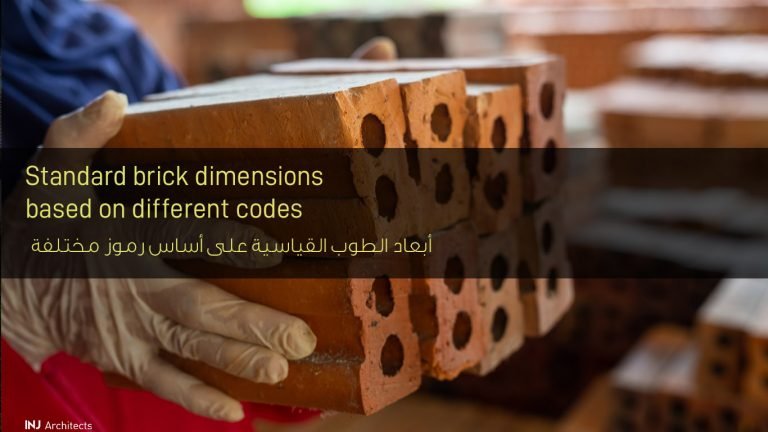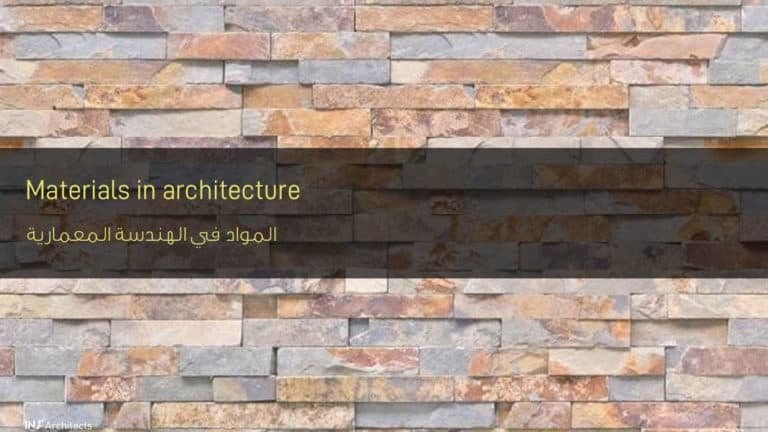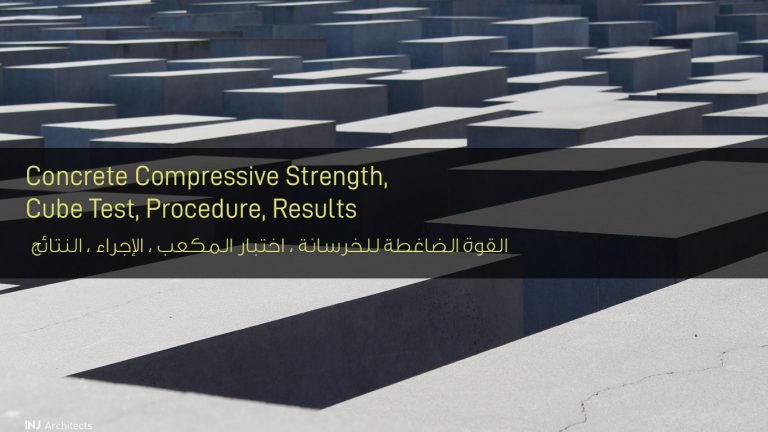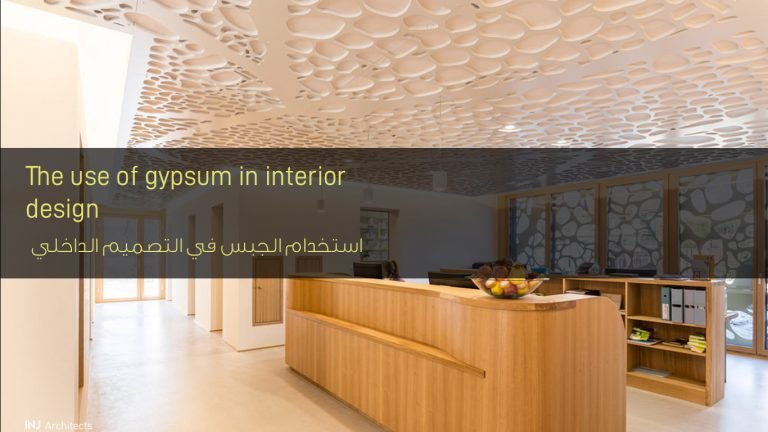Swimming pool construction – basic requirements
Swimming pool construction – basic requirements
Swimming pools or swimming pools are made of concrete, just like housing, as are hotels, clubs and schools. Concrete has proven to be one of the long lasting materials that is suitable for this construction. And in order to build swimming pools there are basic components that must be available in it which are the basin, filter water purification system, lighting system, maintenance tools, accessories
As for the basin, its construction begins by digging the pit appropriate to the size of the swimming pool according to the desired shape and shape. After drilling, it is necessary to compact the floor and pit walls to obtain compact soil surrounding the body of the pond, then pour the pit floor with a thin layer of concrete, i.e. about 10 cm, called the cleanliness. This will be followed by building the walls of the pool with the block to determine the pool dimensions according to the required size and height. After that comes the stage of liasing, which is covering the floor and walls of the pool with a soft layer of cement and fine sand as a prelude to the isolation process, which has complete insulation of the pool pool from the inside with a layer of liquid bitumen and then pasting the insulation rolls to cover the walls and floor of the pool from the inside. No matter how different the insulation issue is between the different regions, according to the building philosophy and trademarks, the main issue remains the insulation of the external wall of the building with insulation against leakage and moisture.

In the iron and reinforcing stage, the reinforcing steel must be tightened in the form of an iron structure that takes into account the proportions with the dimensions of the concrete structure that will be poured later. At this stage, wooden slats or panels of Playwood are also placed on the walls of the iron structure from the inside of the sink to tighten the casting according to size.
Iron diameters and methods of work may differ from one country to another and sometimes from one contractor to another, but this is always done according to consistent and customary engineering standards that can in no way be violated.
This is followed by the arrangement of the pool extensions here. It is the turn of those in charge of the installations and installations for the swimming pool equipment where the extensions are laid (routers line – aperture of the broom – ground clearance) and overflow connections, as well as the rules of the searchlights and their connections, extending all connections to the operating room and testing the pressure of pipes to ensure Its safety from fracture or leakage. Then comes the final stage of construction, which is concrete pouring stage.
Where the swimming pool has reached its final form and final dimensions, and at this stage, concrete treated with anti-moisture materials for swimming pool and reservoir works will be poured according to engineering standards
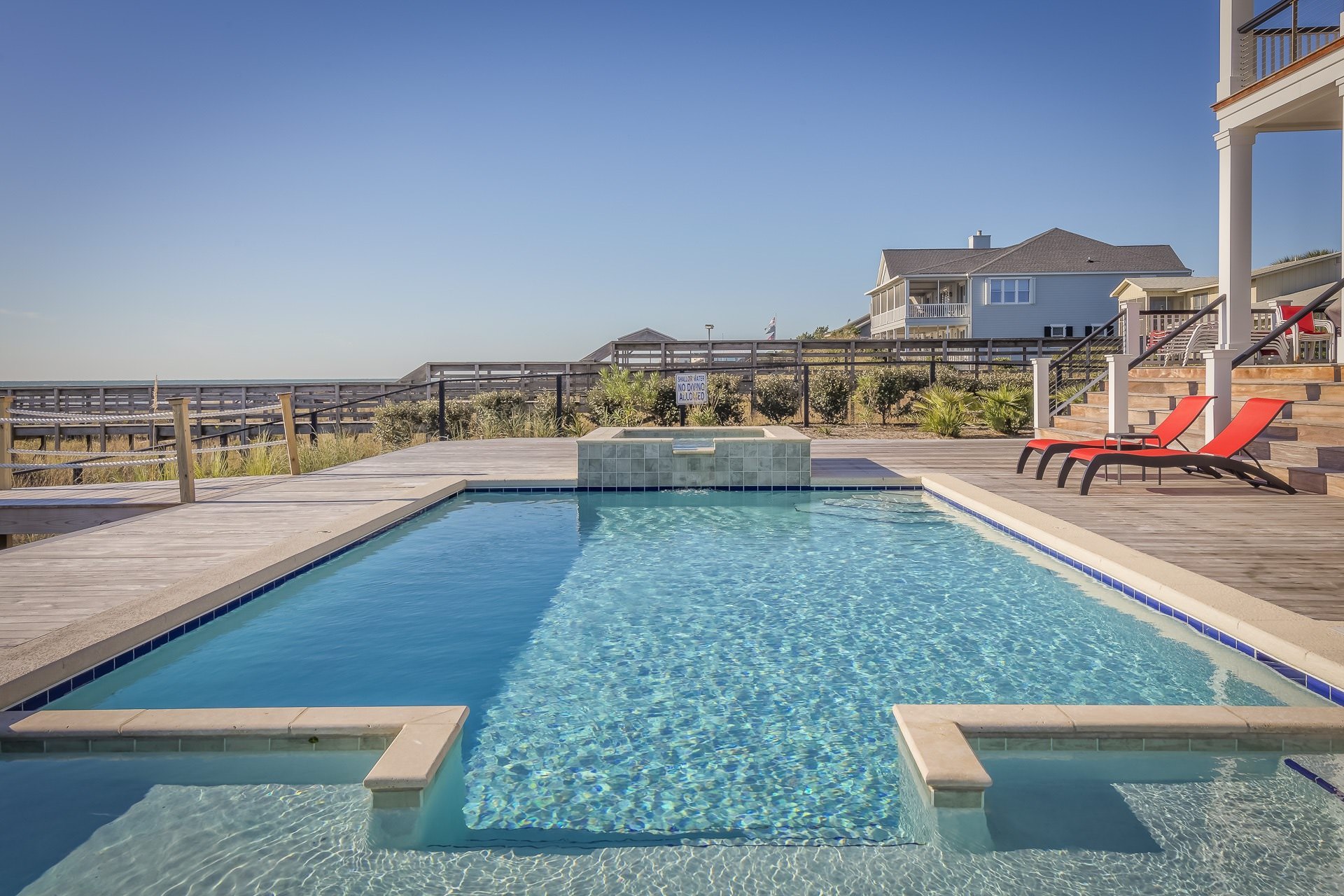
After that, the final plaster must be made and it will be used to fix any defects or roughness on the walls and floors of the casting, in order to prepare for tile work.
Tile and cladding works: in which the pool is covered with treated water-resistant tiles for swimming pools, and some people may want to coat the edges of the pool with types of anti-slip stone, taking into consideration that the tiles tend to be towards the ground clearance.
Among the important installations of swimming pools are the connection of the guides to the filter – the connection of the filter to the pump – the connection of the pump to the electrical source with a suitable cutter and the connection of the operating timer – the installation of searchlights transformers and connected to the electrical current and connected to the extension cable to the pool – cutting the pipelines inside the basin with the equality of the tiles – installation of the faces of the guides Bushing of the broom and installing the floor drain – Installation of the pool ladder, if any
The basic requirements for building a swimming pool are:
- It is necessary to have a crust for swimming, that is, the pool floors and walls are structurally sound.
- The pool structure should be designed and made to have good water strait. This condition must be followed when the pool is full or empty. Some swimming pools may be built due to the construction area below the water level. This requires the height of the narrow water collecting slide in order to resist penetration and infiltration of groundwater. This condition can occur even if the pool is full of water or empty.
- The floor and wall surface in the interior of the pool should be finished smoothly, reasonably impervious and attractive This should allow easy cleaning of the surface. The water inside the pond should have an appropriate level of clarity and purity.
- The pool must have a path that surrounds the pool. The width of the walkway should be 1.5 meters at the minimum distance. It should be borne in mind that the pool circumference of the walkway is a non-slip flooring material that can be cleaned very easily and permanently.
- For swimming pools used by small children and non-swimmers, there must be safety steps around the walls. The location of the steps should not be more than 900 mm below the water level.
- The reliance on the diving board depends on the region’s swimming association. This is different if the swimming pool is installed for diving competitions.
Construction details for residential swimming pools
A mixture of jonite, sand, cement, fly ash, pea stone, and water sprayed with reinforced steel, is the procedure used to build swimming pools in homes, villas, or clubs for apartment complexes.
If construction is carried out in a ground area where there are greater levels of water level and groundwater infiltration, a layer of vinyl lining is provided with structural support. The forms used when building swimming pools are unlimited and they fall within the safety limits.
The construction of a swimming pool in open pools and covered pools is different for hotels, clubs and schools. The construction of a pool for an open pool has a limited choice because it is mainly built on the same plot of land. In the case of complexes created for schools, there is an exception where complexes are created here as part of the ground installations.

The main considerations that are taken when building open pools are as follows:
- The pond should be positioned to receive the maximum possible sunlight. This should get enough in the afternoon.
- Location containing trees near the vicinity should be avoided. This is because tree roots can damage the foundations of a swimming pool as well as the leaves can cause discoloration as well.
- It is recommended to provide natural wind breaks as part of the main building.
- Facilities locations such as drainage, electricity, and gas supply lines are very important to determine and are as far as possible.
- Landscape near the pool area should be implemented with appropriate professional guidance.
Covered pools have many advantages when compared to open pools. If outdoor swimming pools can be used for 150 days, indoor swimming pools can be used for a rest period of 365 days.
The advantages of the covered swimming pools are:
- Reduces freezing and thawing problems.
- Reduces smudging of wall and floor with dust and dust
- Avoid coloring the walls due to dead leaves.
- Airborne dirt can be eliminated.
- The main disadvantages faced with covered swimming pools are accidents of condensation on pond walls, roof and windows. Heavy condensation depends on the construction method and the roof area.
Read also: Red Sea Project


